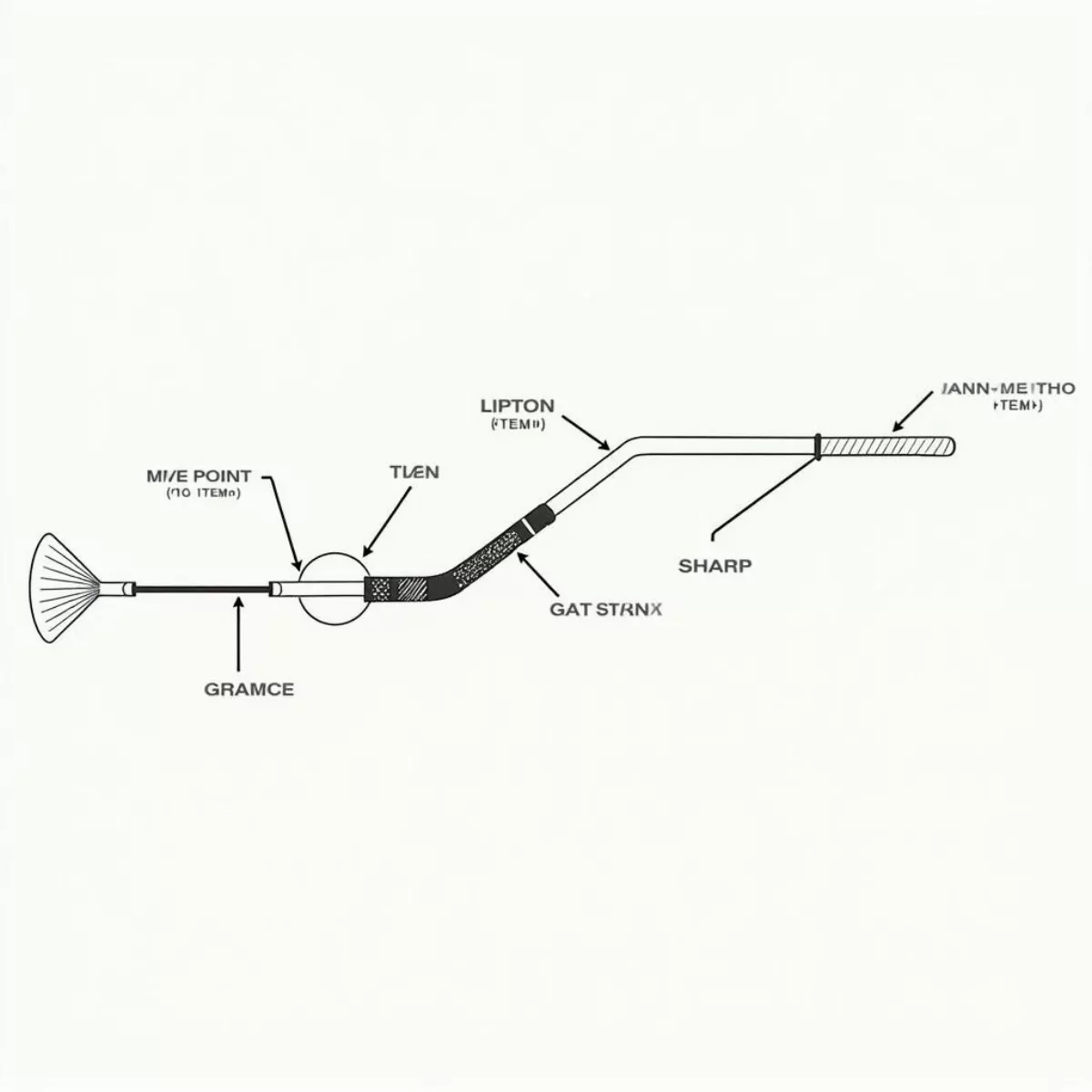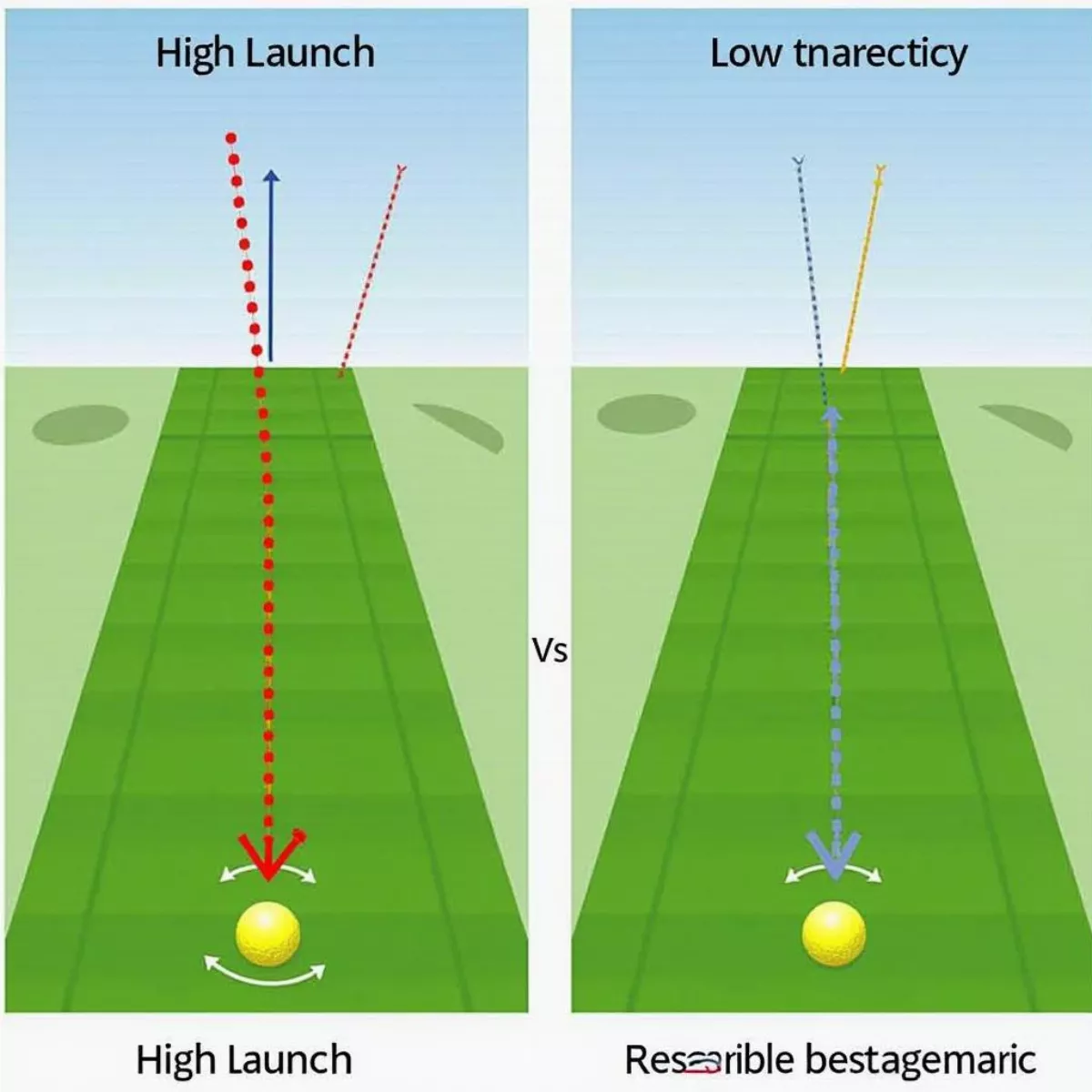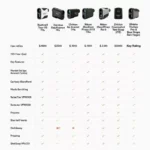Selecting the right driver shaft is a crucial element of your golf game that many players overlook. A well-chosen shaft can enhance your performance, giving you more distance and better accuracy. This guide will walk you through the essentials of picking the right driver shaft in a conversational and friendly tone, providing you with the educational insights you need to make an informed choice.
Understanding the Basics of Driver Shafts
Before diving into how to choose the perfect driver shaft, let’s clarify what a driver shaft is. The driver shaft is the long, cylindrical piece of the driver club that connects the club head to the grip. It plays a vital role in your swing dynamics and, ultimately, your ball flight.
Key Factors to Consider
-
Flexibility: The flex of your driver shaft affects how much it bends during your swing and how much energy is transferred to the ball. Common flex categories include:
- L (Ladies): For slower swing speeds
- A (Amateur): For moderate swing speeds
- R (Regular): For average swing speeds
- S (Stiff): For faster swing speeds
- X (Extra Stiff): For professional players with the fastest swing speeds
-
Length: Most driver shafts range from 44 to 46 inches. Longer shafts can increase distance but may compromise control. A good compromise is to test several lengths to find what feels most comfortable for you.
-
Weight: The weight of the shaft influences swing speed and control. Standard driver shafts weigh between 50 and 80 grams. Heavier shafts can provide better control, while lighter ones may generate more speed.
-
Material: Driver shafts are generally made from either steel or graphite. Graphite shafts are more common because they are lighter and allow for greater swing speed. In contrast, steel shafts offer more control and durability.
-
Torque: Torque refers to the amount a shaft twists during the swing. Lower torque shafts (2-3 degrees) offer more stability, while higher torque shafts (4-5 degrees) can help with forgiveness for off-center hits.
Fitting for Your Unique Style
Finding the perfect driver shaft isn’t just about understanding the specifications; it’s about assessing how each factor interacts with your unique swing. Here are some steps to help you with fitting:
-
Swing Analysis: Get your swing analyzed by a professional instructor or use a launch monitor. This analysis will give insights into your swing speed and angle of attack.
-
Test Different Options: Many golf shops allow you to demo different shafts. Testing allows you to feel the differences in flex, weight, and torque.
-
Consult with a Professional: Golf professionals often have tools and experience to help guide you toward the right shaft based on your game.
 Golf Driver Shaft Anatomy
Golf Driver Shaft Anatomy
Step-by-Step Guide to Choosing the Right Driver Shaft
Here’s a straightforward approach to help you pick the right driver shaft:
1. Identify Your Swing Speed
Knowing your swing speed is foundational. You can use:
- Radar Guns
- Launch Monitors
- Slo-Mo Cameras
Make sure to know your swing speed before any other consideration.
2. Define Your Playing Style
Are you a beginner, intermediate, or advanced player? Your experience level will affect your choice:
- Beginners should lean towards more forgiving options.
- Intermediate golfers might look for that balance between distance and control.
- Advanced players are typically looking for specific performance tweaks.
3. Determine Your Desired Ball Flight
Consider how you want the ball to fly:
- Higher Launch: Look for a more flexible shaft.
- Lower Launch: Opt for a stiffer shaft with less torque.
 Golf Ball Flight Trajectory Comparison
Golf Ball Flight Trajectory Comparison
4. Choose the Right Weight
Here’s a simple guide:
- 50-60 grams: Good for average swing speeds, offering a blend of distance and control.
- 60-70 grams: Better for stronger players who want more control.
- >70 grams: For those with a very fast swing seeking maximum stability.
5. Assess Flex and Torque
Utilize the following guide for shaft flex based on swing speed:
| Swing Speed | Recommended Flex |
|---|---|
| < 75 mph | Ladies / A |
| 75-85 mph | Regular |
| 85-95 mph | Stiff |
| > 95 mph | Extra Stiff |
For torque:
- Low Torque (<3.0 degrees): For accuracy-focused players.
- Moderate Torque (3.0-4.5 degrees): For balanced performance.
- High Torque (>4.5 degrees): For those needing help with control.
6. Experiment With Different Heights and Weights
Don’t hesitate to play around and find what works best for you. Sometimes trial and error can lead to surprisingly good results!
Key Takeaways
- Understand your swing speed to determine the right shaft flex and weight.
- Test different shaft types and lengths to see which you prefer.
- Consider your goals, whether it be distance, accuracy, or a combination.
- Consult professionals for customized fitting.
 Golfer Testing Different Driver Shafts
Golfer Testing Different Driver Shafts
FAQs About Choosing a Driver Shaft
1. How important is driver shaft flex?
Flex is crucial as it affects how the shaft bends during your swing, impacting both distance and control. Choosing the right flex for your swing speed can enhance performance significantly.
2. Can I just use any shaft with my driver?
While you can technically fit any shaft, using the correct shaft designed for your playing style and swing speed is vital for optimal performance.
3. What is the standard length of a driver shaft?
The typical driver shaft length falls between 44-46 inches, chosen based on what feels comfortable and delivers the best results.
4. How does weight affect my swing?
Weight influences swing speed and control; lighter shafts can increase speed, while heavier shafts often provide better stability and accuracy.
5. Is it better to have a stiff or flexible shaft?
It depends on your swing speed; fast swings typically benefit from a stiff shaft for better control, while slower swings usually do better with a more flexible shaft.
6. Should I get fitted for a driver shaft?
Yes! Getting fitted can ensure that your driver shaft aligns with your swing mechanics and helps in optimizing your overall swing performance.
7. What type of material is better: graphite or steel?
Graphite is generally preferred for drivers due to its lightweight nature, which can increase swing speed. Steel shafts usually offer greater control but are less common in driver applications.
8. How can I test a driver shaft?
Most local golf stores allow you to demo various driver shafts. You may also check for simulators or check with your golf pro about trying different shafts during practice.
9. Can the wrong driver shaft hinder my game?
Absolutely! Using the wrong driver shaft can negatively impact your swing and reduce your effectiveness on the course.
10. How do I know if my shaft is the correct length?
If you find it challenging to strike the ball consistently or feel discomfort during your swing, it might be time to re-evaluate the shaft length.
In summary, picking the right driver shaft involves a mix of understanding your swing mechanics, experimenting with options, and consulting experts. As you embark on this journey, keep in mind that the right shaft can enhance your golf experience dramatically.
By following these guidelines, you’re well on your way to selecting a driver shaft that perfectly complements your game! Happy golfing!

